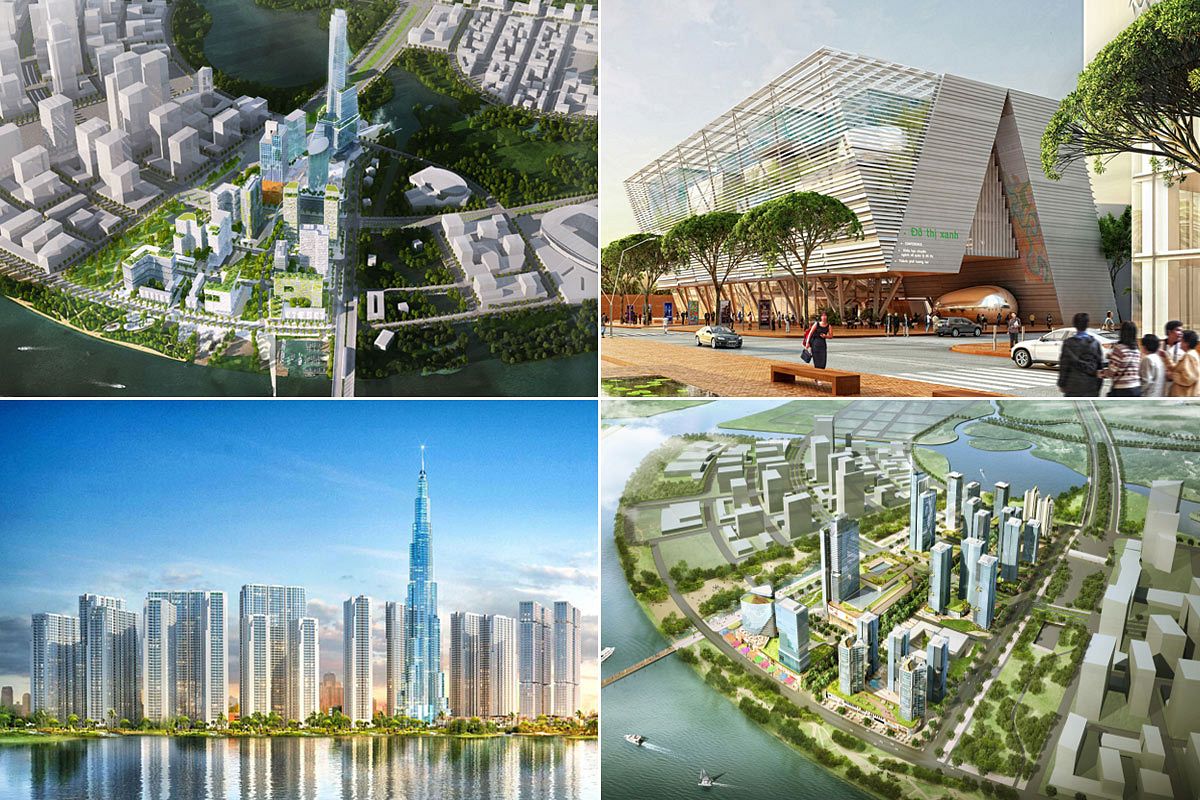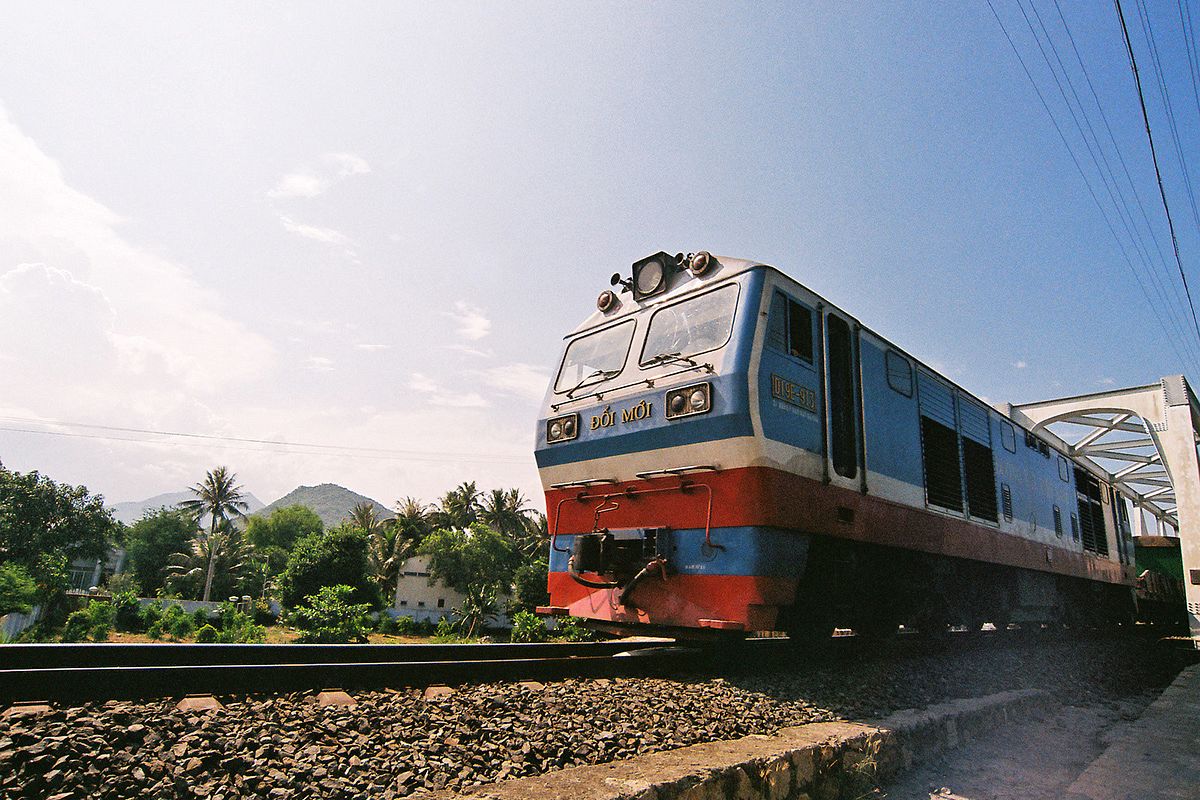For many downtown Saigon residents, it’s hard to remember a time when the Nguyen Hue walking street didn’t exist, despite the fact it’s not even two years old. Such is life in the southern hub: in the blink of an eye, buildings go up or come down, restaurants open, shops close, and what’s a park today could be a train station tomorrow.
Which is why the third edition of TP. Ho Chi Minh: MEGA City is not an update so much as an entirely new book. Just three years after the release of the original publication, the Saigon-centric photo book has returned to shelves across the country in a smaller, more compact format featuring brand new images of the southern hub.
While MEGA City’s aim remains the same, its evolution belies a more refined approach to editor Michael Waibel’s original goal. A German human geographer, Waibel began his series of photo books – which also includes the large-format publications Hanoi: CAPITAL City, winner of a Bui Xuan Phai Award, and Da Nang: COASTAL City – as an effort to bridge the gap between academics like himself and the general public.
By drawing together residents of the city and the academics who study its growth, Waibel hopes to spark both awareness and further conversation regarding sustainable development and architecture in the southern hub.
“For me, as a researcher, [the book] is meant as a contemporary document of urban development against the backdrop of high-speed urbanization and vivid economic development,” Waibel tells Saigoneer via email.
“In general, I want to make more people aware of issues of urban development,” he adds. “I would like that the urban citizens know their own city better and that they become more proud of their city.”
The book’s first edition managed to capture in large format the scope of Saigon’s urban growth, however in its third volume, MEGA City pares down essays from the original release – all updated, of course, to reflect Saigon’s ever-changing cityscape – in favor of a photo-heavy compilation, visually illustrating the southern hub's constant state of flux.
The main objective of the book, according to Waibel, is to get people thinking.
“The wishes and aspirations of the urban citizens should become the main focus of attention of urban planners,” he says.
Waibel continues: “A city is constantly shaped and re-shaped by its inhabitants. Providing a good quality of life for urban citizens should be the main focus of urban planning within the mega city.”

From TP. Ho Chi Minh: MEGA City. Photo by Lee Starnes.
The collective expertise of MEGA City’s contributors shines through in the book's text, highlighting various facets of Saigon’s urban development, but so does Waibel’s thoughtful restraint: rather than describe the city’s growth in painstaking, academic detail, MEGA City’s third edition delves into the development of Saigon in visual terms, providing relatable examples of the same sustainable progress about which Waibel and his collaborators write.
For the most part, MEGA City’s basic premise remains unchanged, unlike the city's drastic changes. Throughout the process of photographing and filming Saigon for the third edition, Waibel noticed four major changes that have occurred over the last two years: the metro construction, the development of Thu Thiem, Vingroup’s waterfront takeover and the fast-decreasing number of heritage buildings.
While all of these developments have begun to make their mark on the city skyline, Waibel sees positive steps forward among Saigon’s infrastructure projects, but also laments the passing of colonial-era buildings and heritage sites.
“To some extent, I have a certain understanding that private households sell their villas because they can simply make a fortune out of it,” he explains. “In the past, other cities in Europe have also lost a big amount of their traditional housing stock due to modernization and economic take-off.”
Still, the social scientist believes more can be done to strike a balance between progress and cultural preservation.
“My understanding becomes very limited if villas in possession of the state or state-owned companies get sold to make short-term profits,” Waibel says. “The local state should lead by example. It should have a more long-term vision and feel more responsible to preserve its unique urban heritage. ”
As the editor continues to sculpt MEGA City into its most accessible form, Waibel has begun making bigger plans for his development-focused photo books. With Vietnam’s urban development now well-documented, Waibel is looking to other regional urban centers to continue his work. Photo books are in the works for both Phnom Penh, Cambodia and Yangon, Myanmar, thanks to the support of Audi; there are also plans for a new edition of Hanoi: CAPITAL City.
But whether it’s Saigon, Hanoi or Da Nang, Waibel sees both the pros and cons of progress in Vietnam's urban development.
“Obviously, it is very easy to criticize phenomena such as ever-increasing traffic congestion, urban flooding, urban sprawl, loss of colonial heritage buildings or property-led development driven by huge companies in alliance with political elites,” he says. “But looking back 20 years, in 1996, when I was in Saigon for the first time, it was a poor, run-down city with a derelict housing stock and a limited choice of decent restaurants. I can only admire the huge progress the city has made since that time.”
If the present pace of development is any indication, there's likely to be another book's worth of progress to share in the coming years.
Saigoneer is proud to be a media sponsor of the TP. Ho Chi Minh: MEGA City, Hanoi: CAPITAL City and Da Nang: COASTAL City series. All books are now available for sale at bookstores throughout Vietnam.














